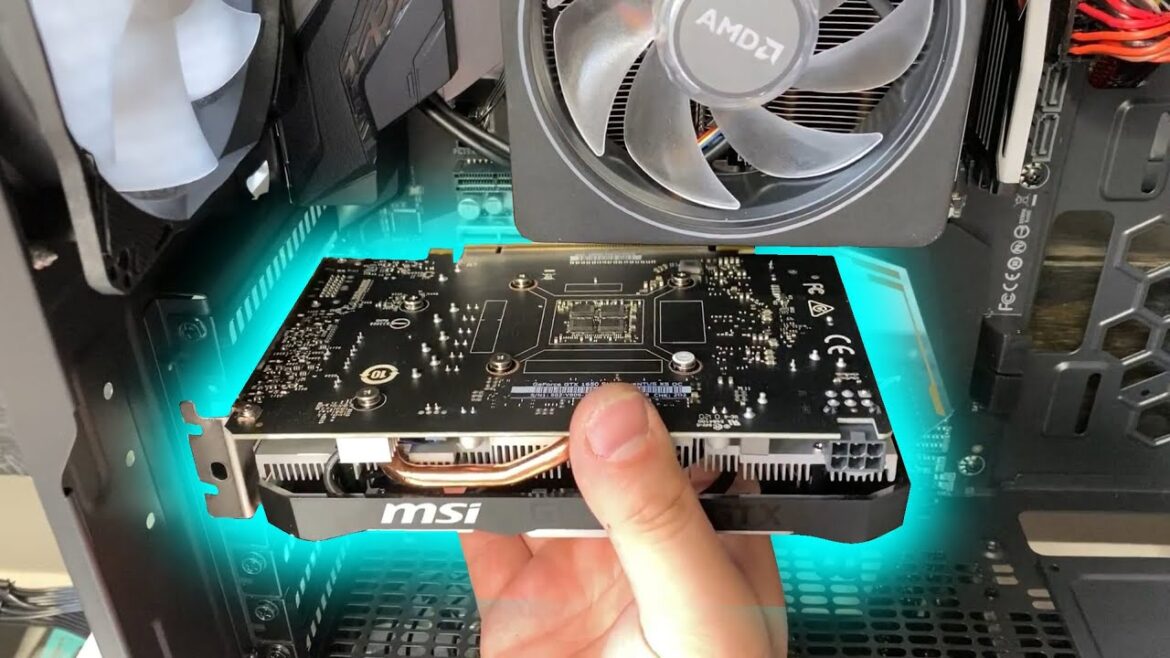500
La scheda grafica utilizzata dal PC è importante per gli aggiornamenti e la compatibilità dei programmi. Esistono diversi metodi per scoprire quale GPU è installata
Quale scheda grafica è installata: utilizzare il programma di diagnostica DirectX
Ovviamente è possibile svitare il PC e verificare quale scheda grafica è installata. Tuttavia, è più facile con gli strumenti della scheda di Windows, come il programma di diagnostica DirectX.
- Si tratta di un software di analisi DirectX integrato di serie in Windows. Per conoscere la vostra scheda grafica con questo strumento, aprite il comando Esegui con la combinazione di tasti [Windows] + [R].
- Nella finestra successiva, digitate con la tastiera il comando dxdiag. Confermare con [Enter] o OK per aprire il programma di diagnostica.
- Cliccare sulla scheda Display dello strumento di diagnostica. Oltre al nome della scheda grafica, troverete altre informazioni sulla memoria grafica, sulla risoluzione e molto altro ancora.
- Se sono presenti più schede con l’etichetta Display, significa che sono stati installati diversi monitor o diverse schede grafiche. Quest’ultimo caso si verifica spesso se, oltre a una scheda grafica aggiuntiva, avete anche una piccola scheda grafica onboard installata sulla scheda madre.
- Nota: controllare anche la scheda Riproduzione, se è visualizzata. Spesso sono elencate schede grafiche aggiuntive installate ma non assegnate a un monitor specifico.

